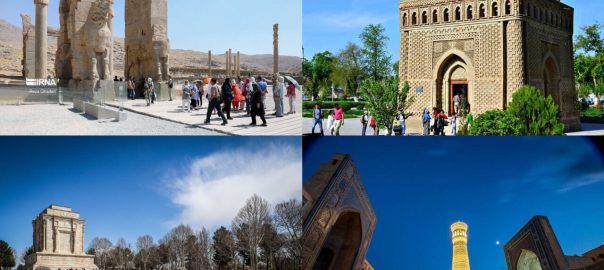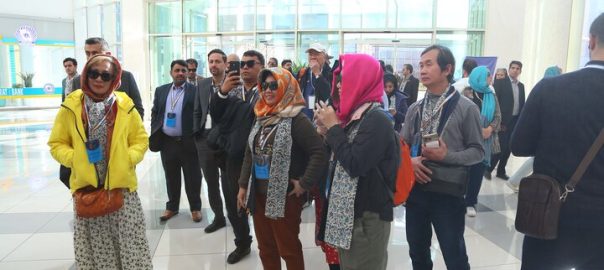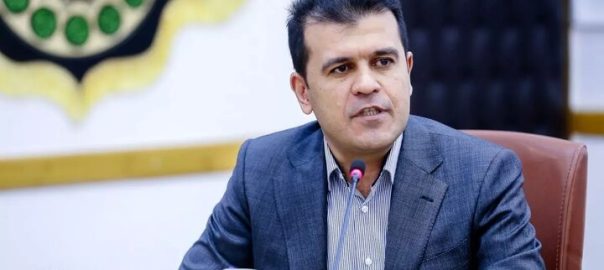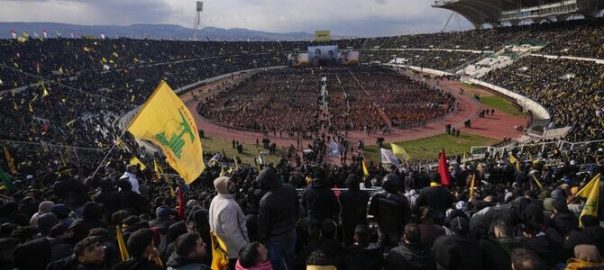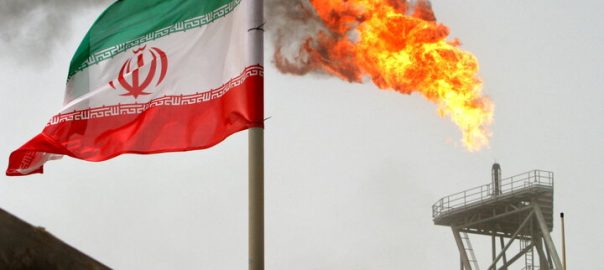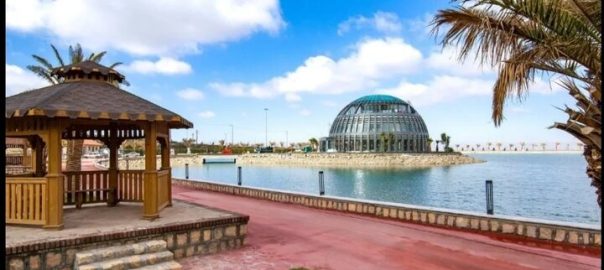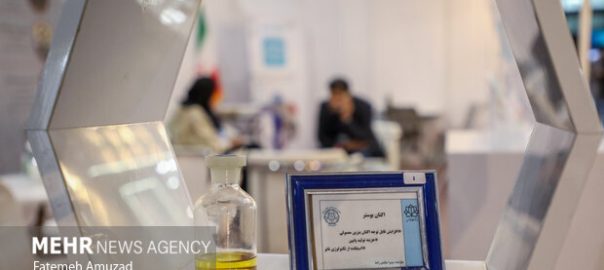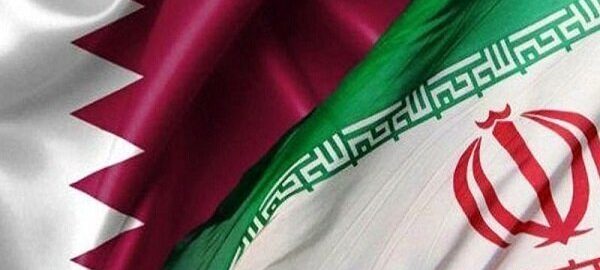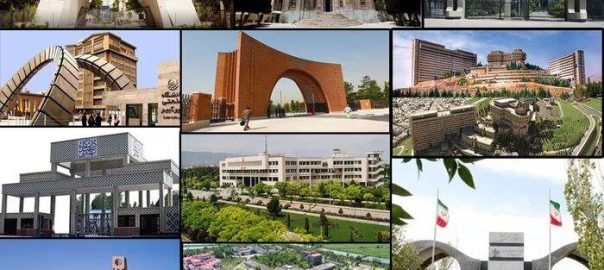The Iranian commercial attaché in Qatar referred to the development of trade interactions between Iran and Qatar, and announced a 53-percent increase in the value of trade between the two countries in the first nine months of the current Iranian calendar year (March 20 – December 21, 2024), as compared to the same period of time in the past year.
Abbas Abdolkhani, citing the report of the Islamic Republic of Iran Customs Administration (IRICA), put the worth of trade between Iran and Qatar in the first nine months of this year at about $265 million, and added this figure shows a 53-percent growth compared to the same period last year.
According to him, the trade statistics during the mentioned period indicate the development of economic interactions between the two countries.
While listing the most important export items of Iran to Qatar, Abdolkhani noted that vegetables, agricultural products, foodstuffs, eggs, shrimp, saffron, carpets, constructional materials, and minerals are among the most important export goods of Iran to Qatar; which indicates the diversity of Iran’s non-oil export basket.
The Iranian commercial attaché in Qatar continued: “Iran’s export products to Qatar play an important role in meeting the needs of this market, while Iran’s imports from Qatar are mainly intermediary goods used in the production process. This trend indicates the completion of the supply chain and the strengthening of economic cooperation in industrial and production sectors between the two countries.”
He further stated that trade exchanges between Iran and Qatar are carried out through the maritime route from the port of Dayyer in Iran to the port of Al Ruwais in Qatar, and said: “This route plays a fundamental role in facilitating the transportation of goods between the two countries as one of the most important communication channels.”
Abdolkhani concluded that the significant increase in trade exchanges between Iran and Qatar indicates the potential economic capacities of the two countries, which can lead to further growth in bilateral interactions if infrastructure is expanded and trade barriers are removed.
The 10th Iran-Qatar Joint Economic Committee meeting concluded on December 12, 2024, in Doha, with officials from both nations pledging to enhance bilateral economic ties and increase trade to $1.0 billion annually.
The meeting, co-chaired by Iran’s Minister of Energy Abbas Ali-Abadi and Qatar’s Minister of Commerce and Industry Sheikh Faisal bin Thani bin Faisal Al Thani, focused on expanding cooperation across multiple sectors, including energy, infrastructure, and trade.
The event featured four specialized committees: Trade (covering commerce, banking, and insurance), Infrastructure (transport, agriculture, and ICT), Social and Cultural (tourism, health, and research), and Energy (water, electricity, oil, and gas). Over 60 representatives from public and private sectors of both countries participated in the discussions.
Ali-Abadi emphasized the strategic importance of the partnership, saying, “Today’s economic relations between Iran and Qatar require a strategic outlook.” He noted that current trade between the two countries stands at approximately $200 million annually, with plans to increase it fivefold to $1 billion in the near future.
The official further highlighted a significant energy project involving a 200-kilometer undersea power line to connect Iran and Qatar’s electricity networks. Initiated in March 2023, the feasibility study is in its final stages, with implementation set to follow approval.
“This project will revolutionize power transfer between the two nations during peak demand periods and enable electricity transit to third countries,” Ali-Abadi stated.
He also expressed Iran’s readiness to welcome Qatari investors, envisioning mutual investments of at least $1 billion annually. Key focus areas include energy, transport, free trade zones, tourism, healthcare, and agriculture.
The Iran-Qatar Joint Economic Committee, established in 1995, has facilitated significant achievements, particularly in water and electricity sectors. The 10th session underlined both nations’ commitment to translating agreements into tangible outcomes and fostering regional cooperation.
At the end of the meeting, the two sides signed a comprehensive cooperation document to determine the framework of cooperation in the coming year.
Speaking in an online meeting with Saleh Alkhulaifi, the deputy Industry and Commerce minister of Qatar, in late November 2024, Mohammad-Ali Dehghan Dehnavi, the head of Iran’s Trade Promotion Organization (TPO), said that Iran seeks to reach one billion dollars in annual trade with Qatar.
Referring to the extensive political and cultural relations between the two countries, Dehghan Dehnavi said: “Despite the efforts of both sides, economic relations between Tehran and Doha have not reached the desired level.”
“Fruits and food products are Iran’s top exported items to Qatar, and it cannot be expected that the trade between the two countries will exceed one billion dollars with the export of such products, the official said.
According to the TPO head, the challenges in developing trade with Qatar are clear, and Iran is trying to increase the volume of trade with Qatar by developing a well-considered and coherent work plan.
Alkhulaifi for his part stated that the strict customs regulations in Qatar affect all countries, saying: “We will work to expedite the clearance of Iranian goods from Qatari ports and issue visas to Iranian businessmen, and we hope that the prospect of a billion-dollar trade between the two countries will be realized in the near future.”
During a meeting between Iran’s Energy Minister Abbas Ali-Abadi and Qatar’s Ambassador to Iran Saad Abdullah Saad Al Mahmoud Al Shareef, at the place of the ministry in Tehran, in mid-November 2024, the two sides discuss the ways to expand economic and trade ties between the two countries.
In this meeting, the Iranian minister emphasized the implementation of the economic cooperation documents signed by the two sides and offering necessary facilities to the traders and those active in the economy sector.
Addressing the same meeting, Reza Jabari, an Iranian MP and also the chairman of Iran-Qatar Friendship Group, referred to the scientific, technical and economic potential and capacities of Iran and called for the facilitation of the relation between Iranian and Qatari traders.
In early October 2024, high-ranking officials from Iran and Qatar signed six cooperation documents in the fields of trade and economy, culture, education, sports, and agriculture.
The documents were signed during an official visit to Doha by Iranian President Masoud Pezeshkian.
Iran’s Minister of Energy Abbas Ali-Abadi, who is the Iranian head of the Iran-Qatar Joint Economic Committee, was also present at the signing ceremony.
The documents were inked by the Iranian and Qatari ministers of energy, foreign affairs, and sports and youth affairs
On the sidelines of the Iranian delegation’s visit to Doha, the Iranian energy minister met with Mohammed bin Hamad bin Qassim Al Abdullah Al Thani, the Qatari minister of commerce and industry, who is the Qatari head of the two countries’ Joint Economic Committee.
In this meeting, Ali-Abadi emphasized the need for joint investment and production by the private sectors of the two countries.
Ali-Abadi also held a meeting with Qatari Minister of State for Energy Affairs Saad bin Sherida Al Kaabi in Doha, in which the two sides stressed the need to finalize feasibility studies about the connection of the electricity grids of the two countries.
Also, the issue of exporting technical, energy and engineering services from Iran to Qatar was raised by Iran’s minister of energy, which was welcomed by the Qatari side.
The Iranian official invited his Qatari counterpart to visit Iran to learn about the country’s high potential and capability in the electricity industry.
Joint-venture investment using the capabilities of the two countries in the field of electricity was among the other topics discussed at the meeting. /T.T/

